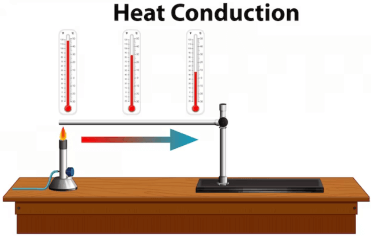Question
a.
To increase the premium for the individual
b.
To assess the association with physical injuries, diseases and psychological conditions
c.
To discourage people from pursuing high-risk occupations
d.
To increase the chances of accidental death or disability
Posted under IC22 Life Insurance Underwriting
Interact with the Community - Share Your Thoughts
Uncertain About the Answer? Seek Clarification Here.
Understand the Explanation? Include it Here.
Q. What is the purpose of assessing extra exposure to risk in high-risk occupations and avocations?
Similar Questions
Explore Relevant Multiple Choice Questions (MCQs)
Q. What are the risk factors associated with different occupations that can increase the chances of accident for an individual?
View solution
Q. What is the impact of improper working conditions on mortality and morbidity?
View solution
Q. Which occupation requires certain levels of physical fitness, and if medical screening tests are not carried out effectively, can increase the chances of mortality and morbidity?
View solution
Q. What is the most common extra risk exposure involved in occupations?
View solution
Q. Which of the following occupations are considered high-risk?
View solution
Q. Which factors contribute to the mortality and morbidity risk for personnel employed in the armed forces?
View solution
Q. What are some of the risks associated with individuals employed in the armed forces?
View solution
Q. What is the risk associated with individuals employed as pilots in life insurance?
View solution
Q. What are some of the major risks associated with individuals employed as pilots?
View solution
Q. What are the three factors attributed to risks associated with the aviation sector?
View solution
Q. What factors do underwriters need to consider when assessing risks associated with pilots?
View solution
Q. Which type of aircraft is considered to be safer as compared to rotating wing aircraft?
View solution
Q. Which type of aircraft is considered to be riskier as compared to turbo fan aircraft?
View solution
Q. What are some of the factors that may arise beyond the control of pilots that underwriters need to consider?
View solution
Q. What is the merchant navy?
View solution
Q. Which departments can an individual be employed in the merchant navy?
View solution
Q. What are some general risks associated with individuals in the merchant navy?
View solution
Q. What is the job of a marine engineer in the merchant navy?
View solution
Q. What are some types of ships that are part of the merchant navy?
View solution
Q. What are some examples of industries that fall under the chemical industry?
View solution
Recommended Subjects
Are you eager to expand your knowledge beyond IC22 Life Insurance Underwriting? We've handpicked a range of related categories that you might find intriguing.
Click on the categories below to discover a wealth of MCQs and enrich your understanding of various subjects. Happy exploring!








